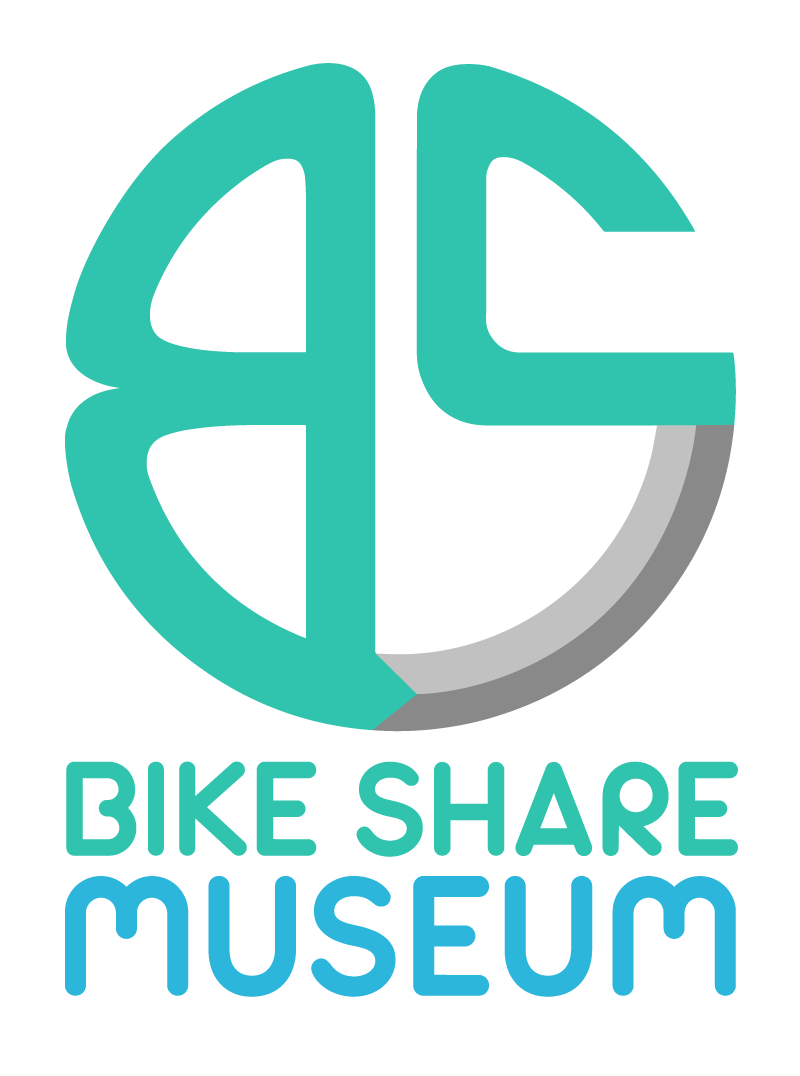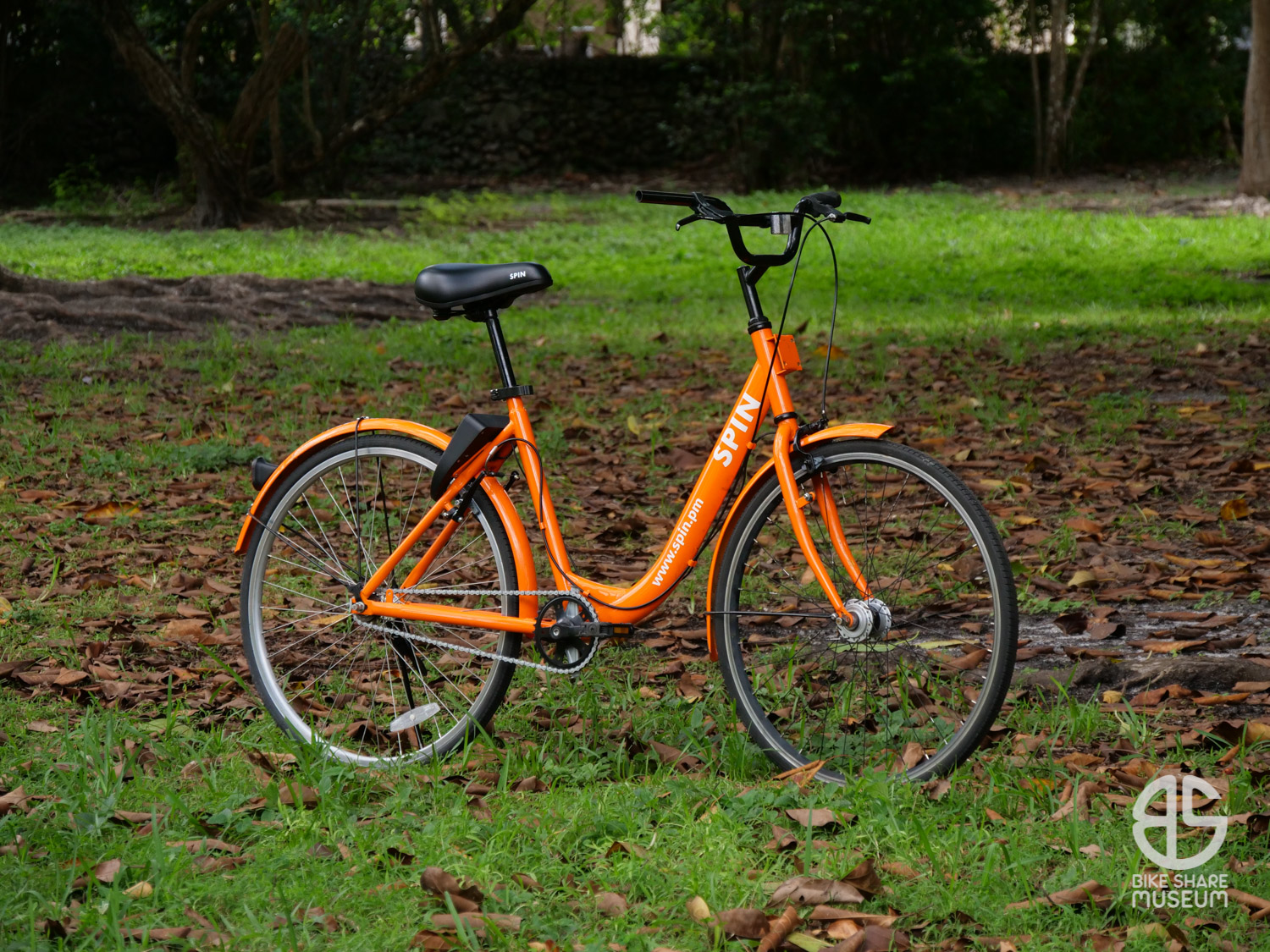Spin #4858432
2017 Spin Chintone 1
Specsheet
Gallery


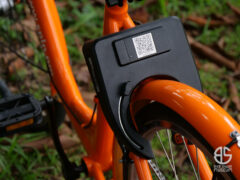
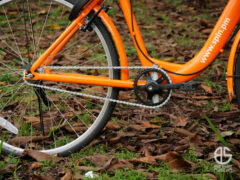
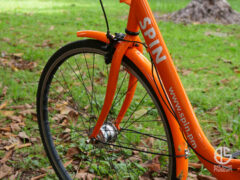
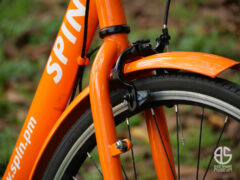
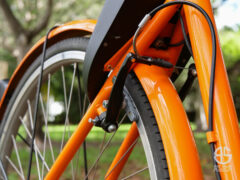
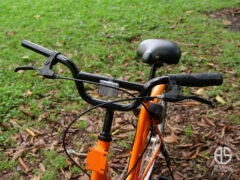
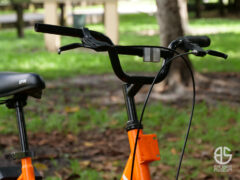
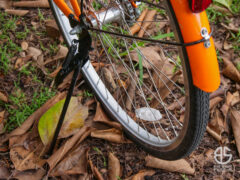
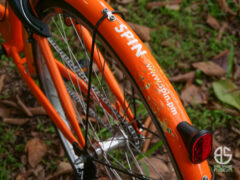
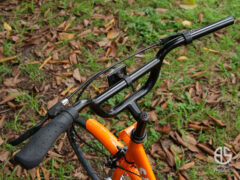
Bicycle Bio
When we did the Spin Bike Project in late 2019, we found this lone first-gen Spin looking very sorry at the end of a very long row of Chintone 2’s and Chintone 3’s. While this sight wouldn’t have raised a single eyebrow in Spin’s Seattle warehouse, it did in Miami.
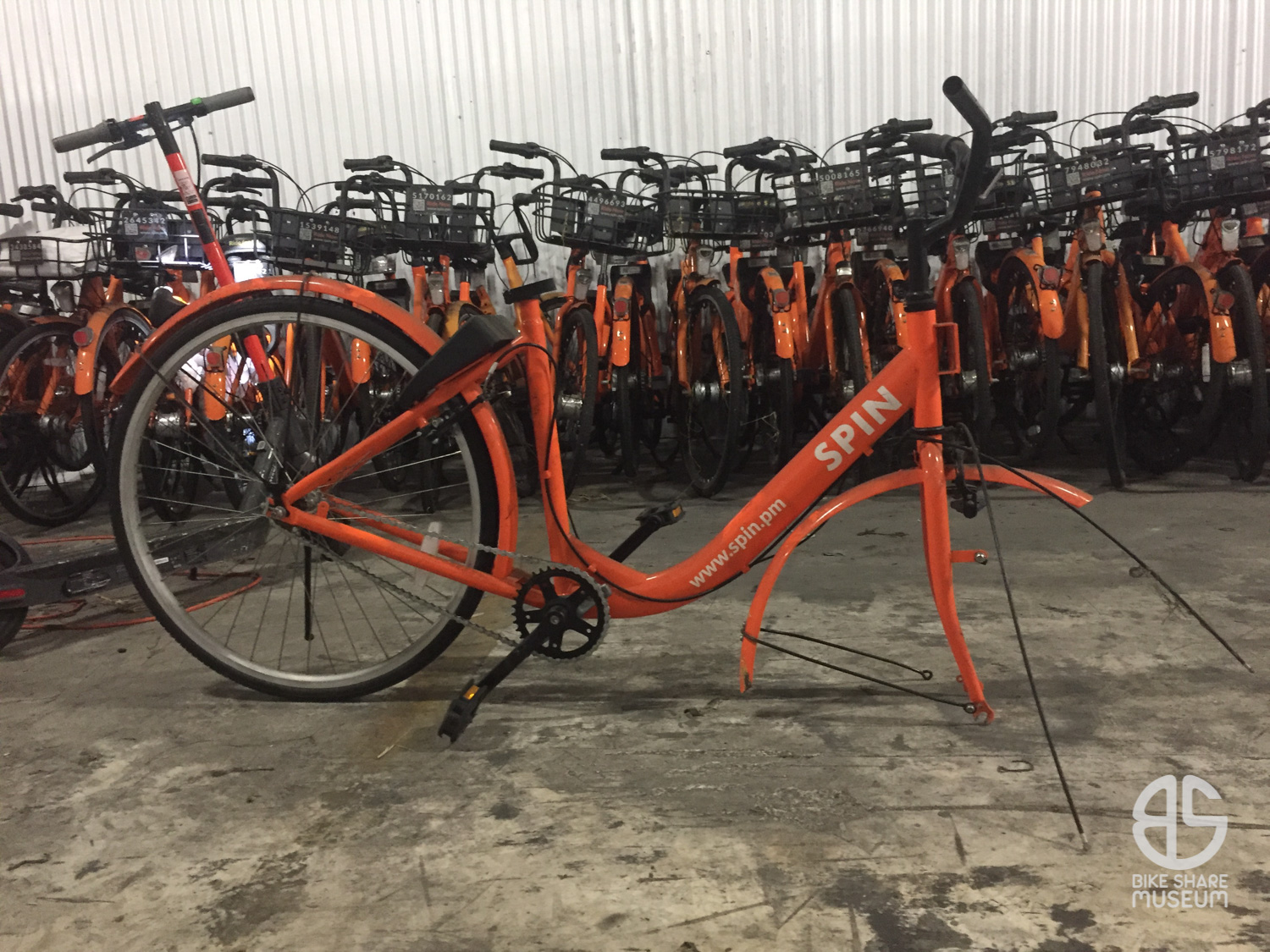
Why? Miami never had Chintone 1’s.
At least, not until this one showed up. Nobody knew why it was there, what it had been used for, and why it appeared to be both barely used with no marks on the braking surfaces at all. Yet, it was simultaneously beat up, with a smashed rear fender.
It didn’t matter. This is the one that started it all for Spin – the Chintone 1 (named after Tianjin Chintone Bicycle Co) – they launched with in Seattle. It was an opportunity to add an example of Spin’s launch vehicle to the Museum, so it was strapped to the bike rack with other Spins that required more extensive repair for the Spin Bike Project.

The front wheel, chainguard, basket, front brake lever, and one grip were missing; the bottom bracket had backed out a few threads, and the front generator light had been smashed to the small end of nothing. Still, even though the rear fender was horribly bent up, the rest appeared virtually unused – as if the fender damage had relegated it to a parts bike early on.
Our best guess is that it might have been part of one of the early fleets and was mistakenly shipped over to Miami in a trailer of Chintone 2’s. Dallas is our guess, as they had singlespeeds – like #4858432 – while Seattle received 3-speed variants.
At any rate, we’ve pieced it together for the meantime. It now wears a later saddle on it – passable enough for the Chintone 1 saddle – and the front wheel is a spare off a Chintone 2.
The Chintone 1’s story makes for good reading, we’ll admit, but the unfortunate thing is that this bike teeters on the verge of being a BSO – or “bicycle-shaped object.” As much as I would like to say something nice about it, the cranks are solid steel, the rear V-brake tension screws are encased in plastic retainers, and the bottom-of-the-AliExpress-barrel kickstand barely keeps it upright. Operating the stand requires kicking an extra locking tab into position to latch it in place, or the kickstand won’t hold the bike up.
The front brake is a cheap sidepull, as bad as they come, with huge nylon bushings. It flexes beyond belief and the pads slide on the rim rather than grip it. It doesn’t work and never will (and grippy Kool-Stop pads would probably cause it to break itself).
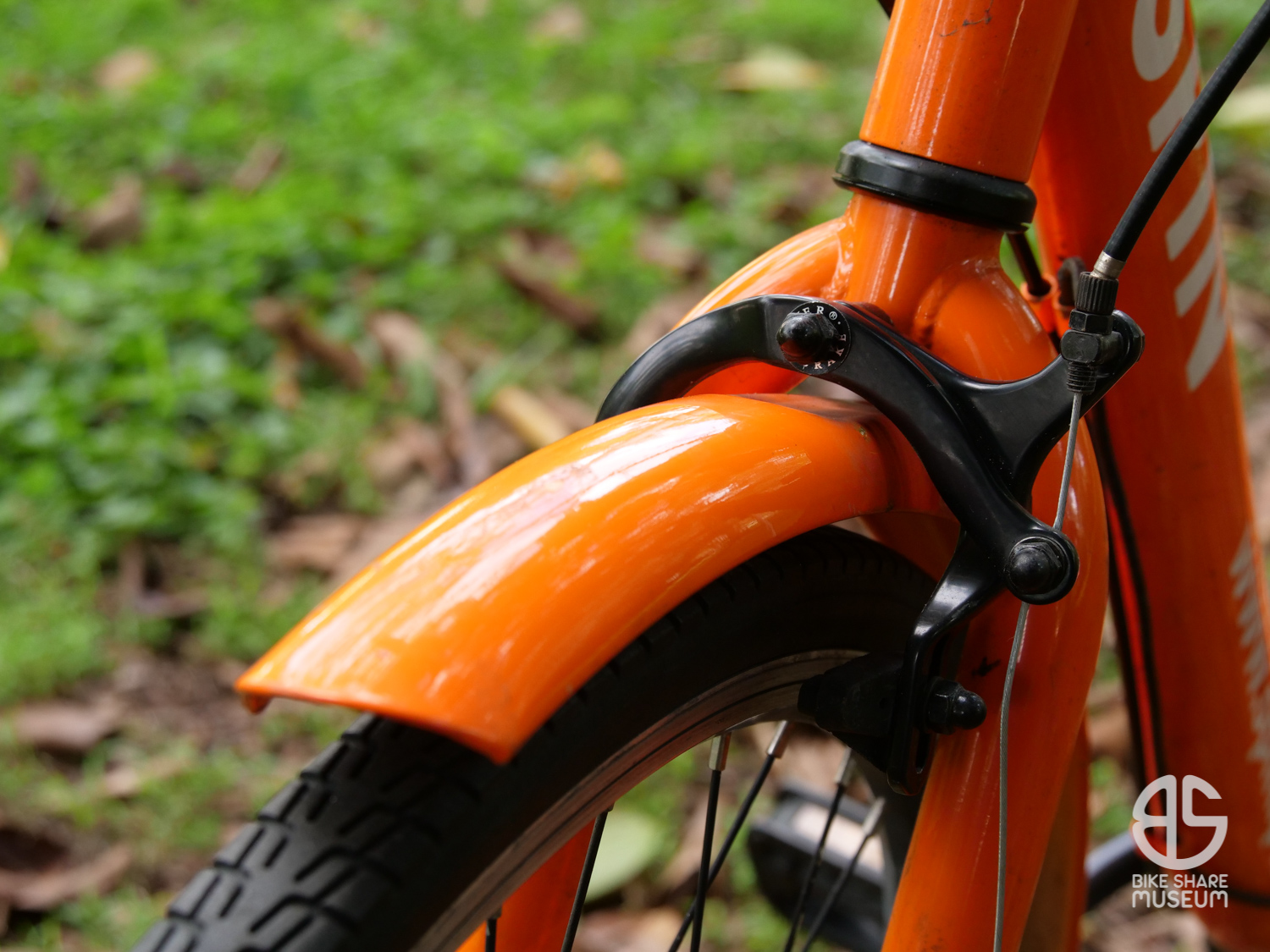
The rear V-brakes do 95% of all the work of stopping the bike, even though the nearly-new pads are already rock hard and turning white. Put simply, it is a Wal-Mart level bike.
Still, there are some good things to be said about the Chintone 1. It is essentially a Chinese urban commuter bike, and thus is sensibly designed with comfortable frame geometry and an impressively low boarding height. The bottom bracket is a sealed unit and – like the Chintone 2 that came afterwards – its wheels are the trusty English 26 x 1-3/8″ (EA3/ISO 590) size – with fenders, of course. Slipping handlebars have also been eliminated with a one-piece handlebar and stem (something Huffy should learn from with their never-fixed Cranbrook cruiser). The handlebar angle isn’t as comfortable as we’d prefer, but it is completely servicable.
The Chintone 1 is actually a fairly close representation of the type of bike share bikes made for the Chinese home market; in fact, the current Didi bikes are built on a similar frameset with different geometry, headtubes, and other small adjustments.
The difference is that the nine-dollar band brakes on the Didis generally stop better than the sidepulls on this thing.
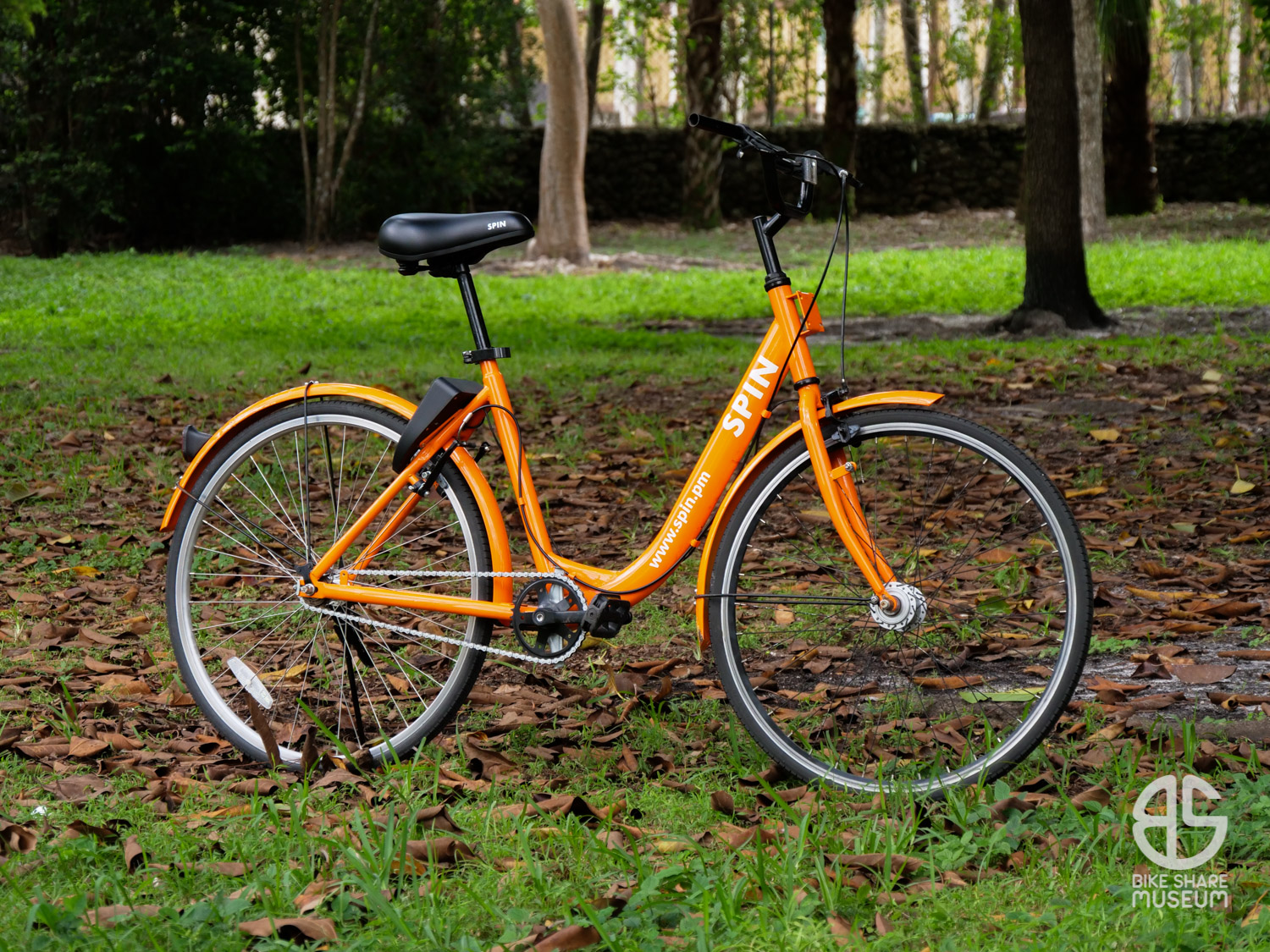
Perhaps the most surprising thing about the Chintone 1 is that all the cables on it – even the wires to the solar charger – are run on the outside of the frame. It’d seem ludicrous to suggest designing a bike this exposed and open in the year 2020, but this one did it in 2017. It’s amazing how quickly Spin improved upon this with the Chintone 2.
In fact, the only security fitting we found has been the lone 3-prong ofo-style handlebar stem bolt. That’s it.
We’d still like to acquire the remaining bits to put this Chintone 1 back together the way it was meant to be, so if you happen to have the basket, chainguard, front wheel, or any of the other bits missing off this Spin, feel free to reach out.
Related
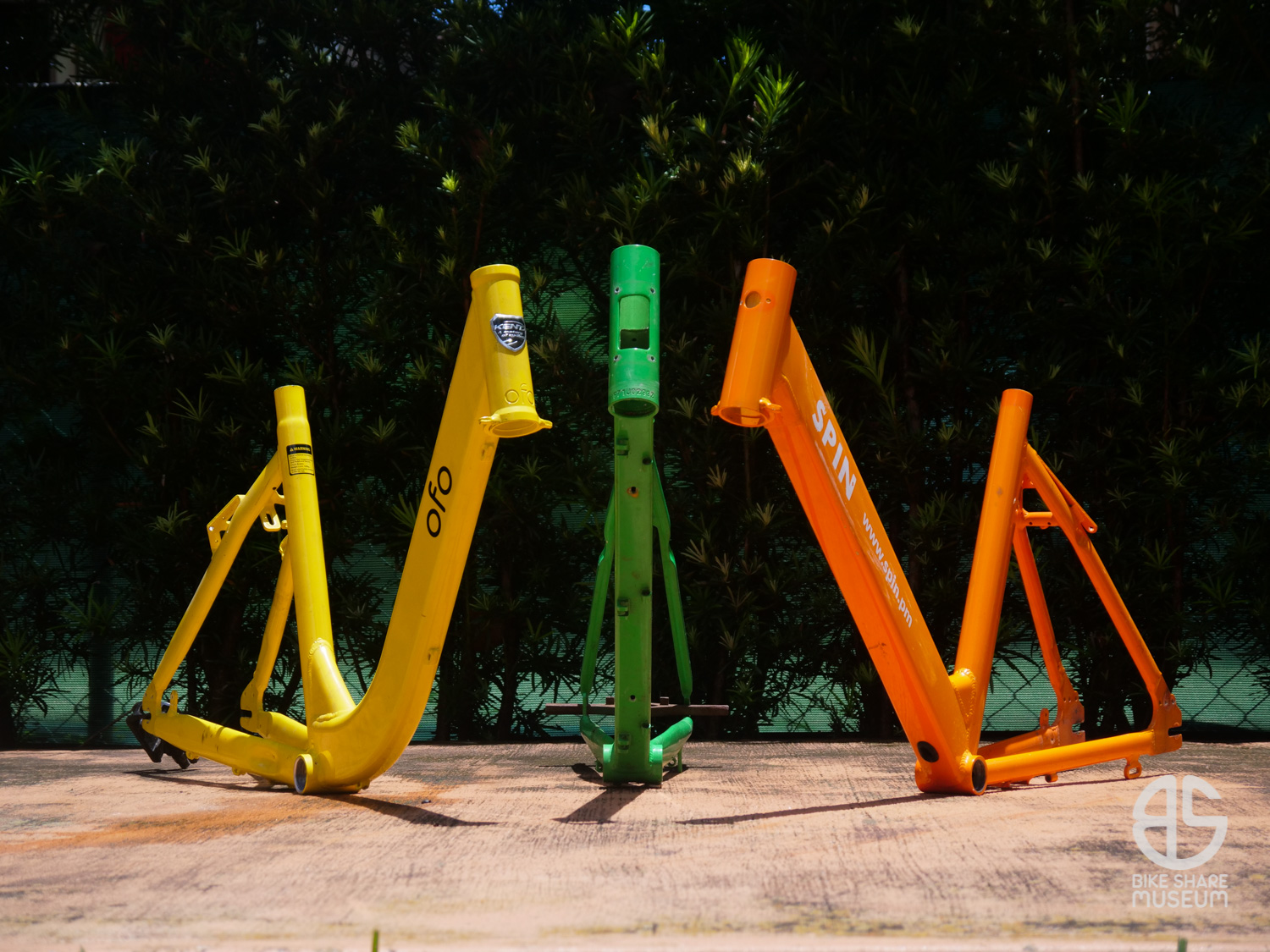
Are shared bikes really so heavy that they have no merit as a used bike, or are the weight weenies busy spreading fake news? We find out.
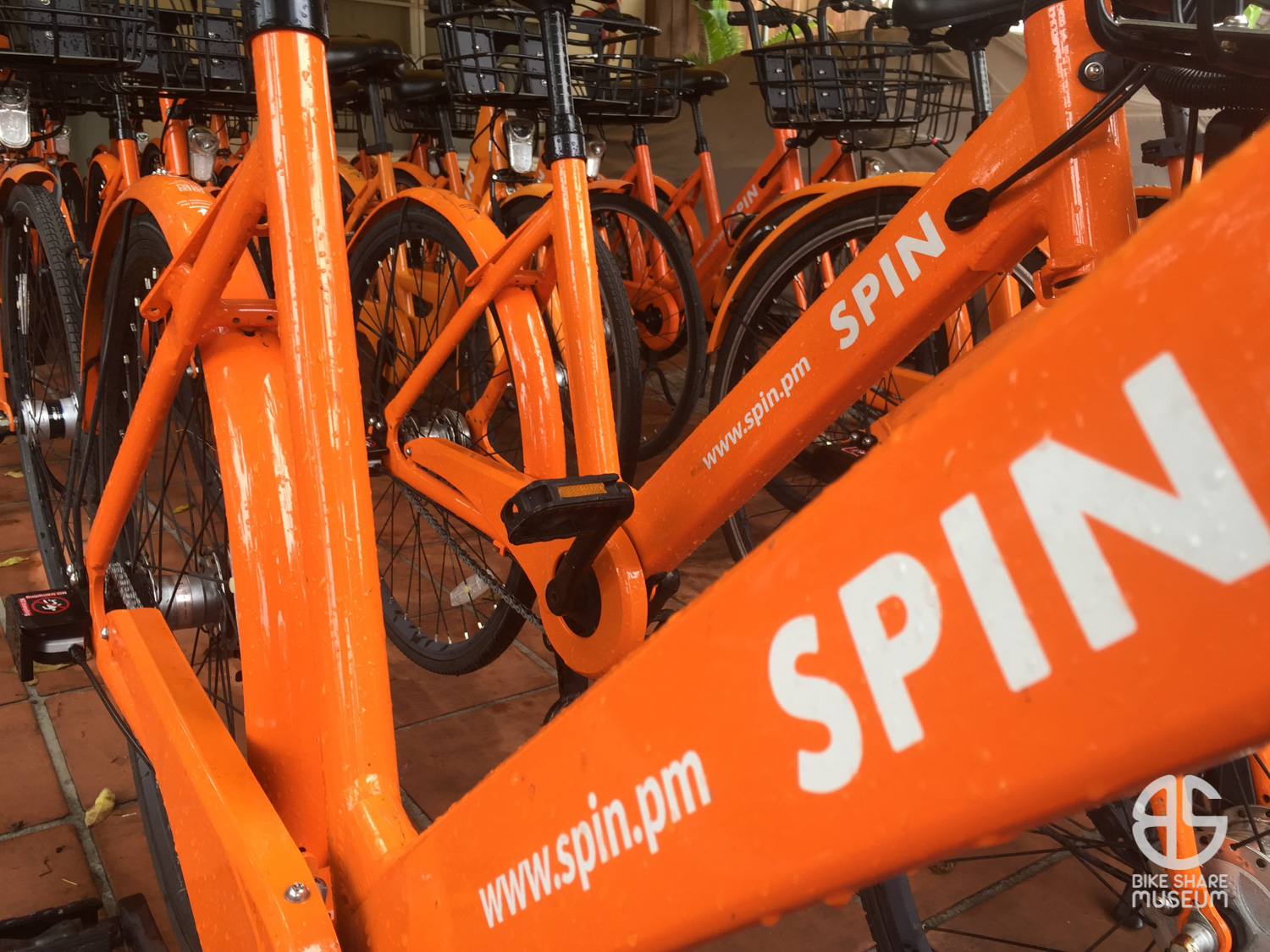
When I started the Bike Share Museum, all I planned to do was save a few bike share bikes for history’s sake…
